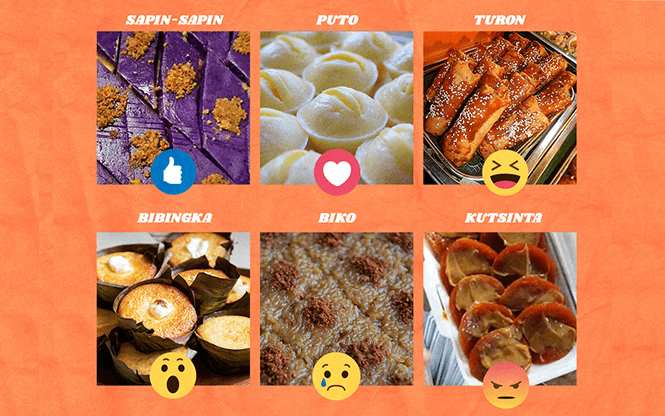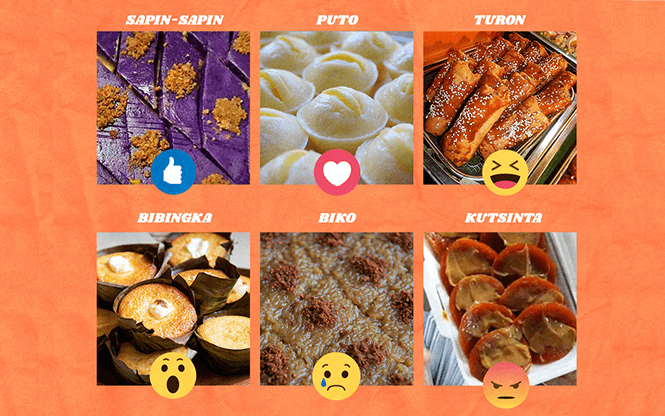
World Food Day, celebrated annually on October 16th, is a significant occasion that unites people worldwide in the celebration of diverse cuisines and the appreciation of food’s cultural and social significance.
This October 16, World Food Day 2023 takes on an even greater significance in the Philippines, as it aligns with the theme, “Water is Life, Water is Food, Leave No One Behind.”
This theme underscores the critical role that water plays in food production, security, and access to sustenance for all.
It emphasizes the importance of responsible water management to ensure that no one is excluded from the benefits of this precious resource, particularly in the context of food production.
Against this backdrop, World Food Day serves as a reminder of the global commitment to combat hunger, achieve food security, and promote sustainable agriculture.
It’s a day when nations reflect on their agricultural practices and food systems, striving to make them more resilient and equitable.
Philippines Rich Culinary Heritage
In the Philippines, World Food Day resonates deeply with its rich culinary heritage. The country’s cultural diversity, lush landscapes, and a wealth of traditional recipes make it an ideal destination for exploring the flavors and stories behind its native delicacies.
As we delve into this gastronomic journey, we’ll not only tantalize your taste buds but also shed light on the unique connection between Filipino culture and its delectable native delicacies.
From the mouthwatering rice cakes that grace celebratory tables to the luscious cassava desserts that have been cherished for generations, we’ll uncover the culinary treasures that have shaped the Filipino identity.
Best Native Delicacies in the Philippines

Filipino native delicacies are a testament to the country’s unique blend of influences from indigenous tribes, Spanish colonizers, and Chinese traders.
Among the best native delicacies in the Philippines, these delightful treats stand out:
The Heart of Filipino Desserts
Rice Cake
Rice cake, also known with the word “kakanin,” is a beloved staple of Filipino celebrations. Made from ground glutinous rice or sticky rice and glutinous rice flour mixed with coconut milk and brown sugar, these sweet cake rice creations come in various forms.
One popular variety is the “bibingka,” a steamed rice cake topped with grated coconut and drizzled with coconut cream.
Cassava Cake
Cassava cake is another star in the constellation of Filipino native delicacies. This delightful dessert combines grated cassava, coconut milk, and brown sugar to create a rich, creamy texture.
Topped with a sprinkling of sesame seeds and baked to golden perfection, cassava cake offers a unique blend of flavors and textures.
Another version of this yummy delicacy is the use of grated Purple yam, poured with coconut milk and brown sugar or muscovado and mixed to a fine texture.
A spread of condensed milk grated cheese or Toasted desiccated coconut as topping makes it all the more heavenly.
These glutinous cakes are placed or wrapped with a banana leaf and usually steamed over boiling water
A Taste of Tradition
Suman
Suman is a delicious rice cake wrapped in banana leaves, making it both a treat for the palate and the eyes. Made from glutinous rice, sugar, and coconut milk, this delicacy is steamed to perfection, resulting in a mouthwatering, sticky delight.
Suman is traditionally served with a dipping sauce made from other ingredients like a mix of brown sugar, grated coconut, toasted sesame seeds or ground peanuts to give it a nutty flavor.
Biko
Biko is a sweet rice cake that’s hard to resist. This sweet delicacy is made from glutinous rice, brown sugar, and coconut milk, creating a delightful combination of flavors. Biko is often garnished with toasted coconut on top, adding an extra layer of texture and aroma.
Espasol
Espasol is a native delicacy that features rice flour and coconut cream as its primary ingredients. It’s a sweet and chewy delicacy that’s rolled in freshly grated coconut, providing a delightful contrast of textures. Some add pandan leaves while cooking the treat to add an exta flavor.
A Sticky Indulgence
Kalamay
Kalamay is a sweet, sticky rice cake that can be enjoyed in various ways across the Philippines. It’s sticky texture comes from the typical use of glutinous rice, coconut milk, and brown sugar, giving it a heavenly sweetness that Filipinos love.
Sapin-Sapin
Sapin-sapin is a visually stunning dessert characterized by its vibrant layers of colored rice cake – from Purple layer, pink, yellow, to white – each layer is made from glutinous rice and coconut milk, creating a harmonious blend of flavors and colors.
Palitaw –
Palitaw is a simple yet delightful rice cake made from glutinous rice dough. It is mashed into small balls, then flattened, boiled until it floats, and finally coated with grated coconut and sugar. The result is a chewy, sweet treat that’s a favorite among Filipinos.
Maja Blanca
Maja Blanca, a close cousin of kalamay, introduces a unique twist with the addition of cornstarch, coconut milk and corn kernels. This gives the white layer a creamy, custard-like texture that melts in your mouth.
Maja Blanca is often topped with latik, a golden-brown coconut curd, and a sprinkle of toasted coconut, adding a contrast of flavors and a pleasing crunch.
Christmas Season’s Best
When the Christmas season arrives in the Philippines, the streets come alive with festive decorations, carolers, and a special array of seasonal delicacies. Among the most cherished are Puto Bumbong and Bibingka, which are synonymous with the Yuletide spirit in the country. They are spread in palm leaves and commonly sold in almost all food stalls.
Puto Bumbong
Puto Bumbong is a purple-colored rice cake traditionally cooked in bamboo tubes. It’s a Christmas favorite, enjoyed after the Simbang Gabi (Night Mass) or during holiday gatherings.
The glutinous rice used for Puto Bumbong is mixed with purple yam, coconut shreds, muscovado sugar, and sometimes butter, creating a delightful blend of sweet and savory flavors. They are wrapped in banana leaves and cooked.
This festive treat is often served hot, topped with butter, and sprinkled with a mixture of sugar and grated coconut.
Bibingka
Bibingka is another beloved Christmas delicacy in the Philippines. It’s a rice cake made from rice flour and coconut milk, with a distinct, slightly charred top. Its classic version includes salted egg for toppings. Traditionally, Bibingka is cooked over hot coals in clay pots lined with banana leaves.
It’s served with grated coconut, salted duck eggs (itlog na maalat), cheese, and a generous drizzle of butter or margarine. The combination of flavors and textures in Bibingka is a quintessential taste of the Philippines during the holiday season.
More Filipino Delights
Our journey through Filipino cuisine wouldn’t be complete without mentioning some other beloved native delicacies that grace the tables and streets of the Philippines year-round. These delightful treats include:
Pichi-Pichi
Pichi-Pichi is a delightful, chewy dessert made from grated cassava mixed with sugar and pandan leaves for flavoring. It’s often rolled in grated coconut and served as bite-sized pieces that offer a sweet and slightly tangy flavor.
Inutak
Inutak is a visually striking rice cake, with layers of vibrant colors, typically green and white. It’s made from glutinous rice, coconut milk, sugar, and sometimes coconut cream.
Inutak is a delightful surprise of flavors and textures, with a slightly crispy bottom layer and a soft, creamy top.
Kutsinta
Kutsinta is a brown rice cake that’s soft, chewy, and slightly sweet. It’s typically steamed in small, round molds and often served with freshly grated coconut on top.
Some household add achuete to give it an orange layer. Kutsinta is a popular snack or dessert in the Philippines.
Banana Cue and Turon
These are delightful street snacks that Filipinos love. Banana Cue features deep-fried caramelized bananas on a stick, while Turon combines banana and sometimes jackfruit, rolled in spring roll wrappers, and fried until crispy. Both are sweet and satisfying treats enjoyed by people of all ages.
These delightfully unique local delicacies, whether in its classic version or presented with a twist, have graced many Filipino tables for centuries, whether for snacks or on special occasions. As they are part of culture’s staples, they are even commonly sold in food stalls.
Then there is also the more filling puto pao with glutinous flour covering loads of meat.
Conclusion
As we celebrate World Food Day on October 16, 2023, let’s not forget the Philippines and its delectable native delicacies.
From the beloved rice cakes to the luscious cassava desserts, these unique culinary treasures offer a taste of Filipino culture and history that’s impossible to resist.
So, venture into the world of Filipino native delicacies, and savor the flavors that have been passed down through generations. Happy World Food Day!
If you’re inspired to try these mouthwatering Filipino native delicacies, check out our recipes section for step-by-step guides on how to make them at home.
Don’t miss the chance to bring a taste of the Philippines to your kitchen!

Check out our House and Lot for Sale Properties
Discover our house and lot for sale properties in the Philippines


